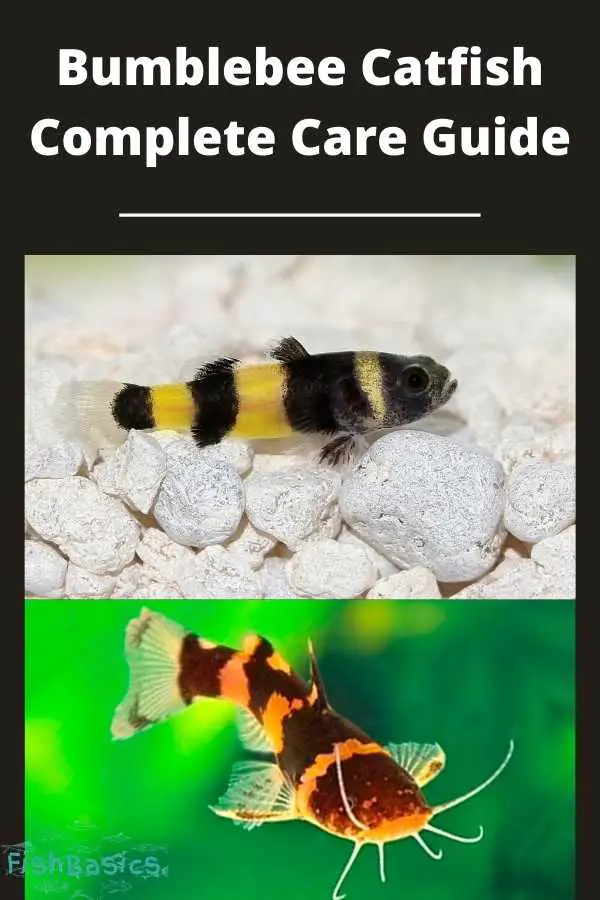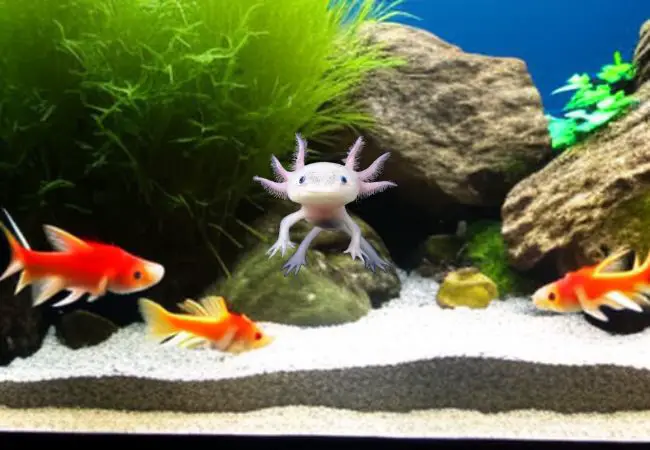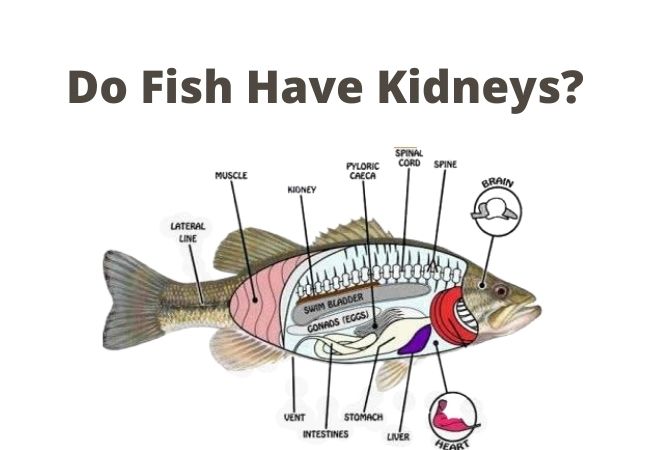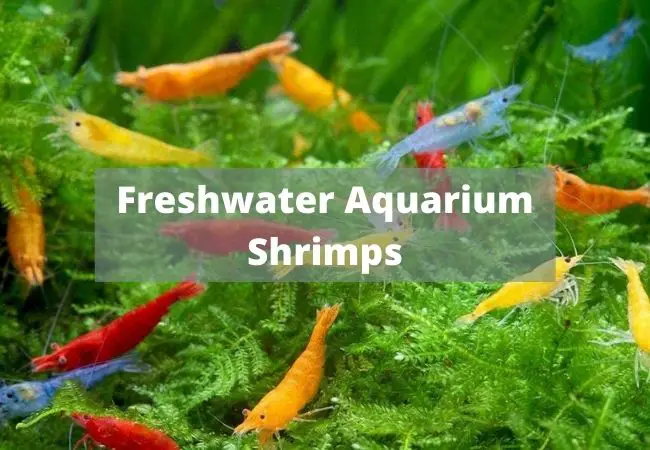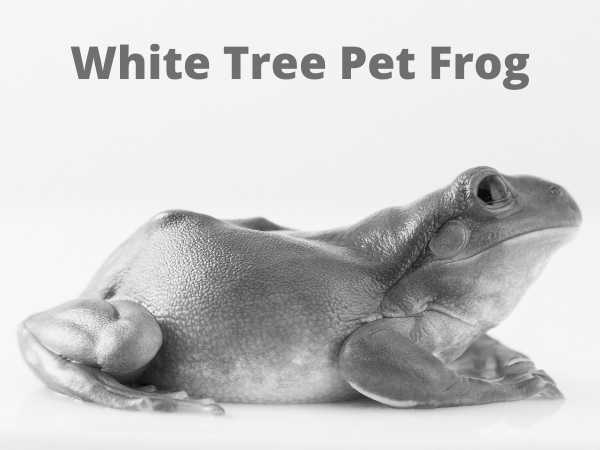This Bumblebee Catfish complete care guide will help you get beautiful and healthy freshwater fish that will be the pride of your aquarium. Bumblebee catfish are scientifically known as Microglanis iheringi. They are vibrantly colored fish that are amusing to watch. They are nocturnal and only come out at night to scavenge for food. If they sense food during the day, they also come out of their hiding places.
Bumblebee Catfish Size and Lifespan
The average size of the Bumblebee catfish is about 3 inches or 8cms. It is almost impossible to get the fish to grow any longer in an aquarium regardless of the care it receives.
The average lifespan for Bumblebee Catfish is between 3- 5 years. When the fish is given proper care, it can live a little longer.
| Aspect | Bumblebee Catfish |
| Scientific Name | Microglanis iheringi |
| Size | 3 inches |
| Water Temperature | 21-25 degrees F. |
| Diet | Carnivorous |
| pH | 6.5-7.5 |
| Temperament | Peaceful (predatory tendencies and will eat small fish) |
| Price | $5-$8 |
Types of Bumblebee Catfish
The two types of Bumblebee catfish are Asian and South American. They can be differentiated by a spot found at the base of the caudal fin. In the Asian type, it is shaped like a triangle with the tip facing the head while in the South American type it’s shaped like a square.
The fish have black and orange stripes hence the name. They are super pretty to look at. You should note that they are shy and often hide. If your tank has a lot of plants, you will hardly see them because they will have lots of places to hide.
Giant and Dwarf Bumblebee Catfish
In the market you will find different Bumblebee Catfish labeled as giant or dwarf. The difference is mostly the size.
Bumblebee Catfish Complete Care Guide
Taking care of bumblebee catfish is not hard. Many people tend to find success in this type of fish.
Tank Requirements
Bumblebee catfish are great swimmers and therefore require a lot of space. They also like to swim around when looking for free food. Bumblebee catfish is about 20 gallons of water.
The mature fish require more water and space compared to their young ones. If you add more Bumblebee catfish in the tank, you should add 10 gallons for each fish.
The tanks should also be fitted with enough Driftwood and rocks that will provide the fish with places to hide.
For best results, it’s advisable to fitting live plants that provide cover for the fish. Some of the best plants to include in in the tank are Java ferns and Amazon swords.
Tank Temperature
The ideal tank temperature for bumblebee catfish is about 70 to 75 degrees Fahrenheit which is about 21 to 25 degrees Celsius. It is also advisable to ensure that the water has high speed as the fish is used to swimming in torrential waters in the natural habitat
The ideal water pH range is about 6.5 to 7.7. The water hardness level should also be kept low at between 8 to 12 dHG. The water should be changed frequently as the fish loves to remain in clean water always.
Bumblebee Catfish Food
The Bumblebee catfish is carnivorous and loves to feed on insects and larvae.
The fish also has a wide mouth which allows it to feed comfortably on large food pellets. Also, the wide mouth is an advantage it can also be a disadvantage for other small fish. The Bumblebee catfish can eat other smaller fish especially during the night time when it feeds.
The Bumblebee catfish also eat other types of foods including frozen foods river shrimps and daphnia. The fish also enjoys other cooked foods such as prawns, od, beef heart, and mussels.
Just like most other fish the Bumblebee catfish also enjoys eating bloodworms and earthworms.
Bumblebee Catfish Eat Snails?
As stated above, Bumblebee Catfish can eat almost anything. Although it’s not their favorite diet, the fish can eat your snails.
Feeding time
The fish can be fed about 3 to 2 times every day. Although the fish loves to spend most of its daytime hiding in rocks and crevices in the tank, it normally comes out to feed when food is put in the tank.
Follow the fish is not a picky eater you should be careful not to overfeed the fish and cause wastage. Supplying the fish with excess food also means that a lot of the food will be left and eaten inside the tank. The downside to this is that the water will require to be changed more often.
Bumblebee Catfish Diseases
Bumblebee catfish are hardy and are not susceptible to too many diseases and sickness. However, they can still be attacked by common bacteria fungus and parasites that attack fish in the aquarium.
The best way to prevent these attacks is to ensure that the aquarium husbandry is up to standard. This includes changing the water frequently as well as ensuring that the fish are not provided with excess food that remains at the bottom of the tank.
Check out this post on common aquarium and pond fish diseases.
Bumblebee Catfish Tankmates
The Bumblebee catfish is not overly aggressive but is a predatory type of fish. This means that you have to be careful with the tank mates that you choose to keep together with this type of fish. Keep small fish with the Bumblebee catfish it is a risk because the fish might be eaten by the Bumblebee catfish.
The Bumblebee catfish can share the tank with the most common types of loaches, plecos, barbs, iridescent sharks, tetras, gourami, rainbow sharks, and eels.
Bumblebee Catfish Breeding
Breeding Bumblebee Catfish is almost impossible to achieve in a home aquarium. However, the fish can be bred in a breeding tank. The tank should be fitted with plenty of driftwood, rocks, and caves for the fish to hide.
The best diet for spawning is live foods. These include mussels, bloodworms, and prawns.
The temperature should be kept at between 5.5 to 6.5. The temperature should be kept at a range of 70-800 F.
The water should also be less turbulent to allow the eggs to settle in between the crevices and rocks.
Bumblebee Catfish Price
The cost of Bumblebee Catfish varies depending on whether the fish is farm-bred or caught in the wild. The size is not a big factor in setting price since the full-grown Bumblebee catfish s only about 3 inches long.
The price ranges from $4-$7 per fish. The wild-caught Bumblebee Catfish are slightly more expensive compared to farm-bred ones of the same size.
However, it’s important to note that the wild-caught are riskier because they can sometimes have a hard time adapting to aquarium life. The farm-bred fish are already used to water conditions that are similar to what you already have in your tank.
This is one of the factors to consider when purchasing your pet fish.
Final Thoughts
Bumblebee Catfish are some of the common aquarium fish. Most fish keepers find success with them because they are hardy. I love them because they are beautiful with their black and orange bands.
I hope you found this post on the Bumblebee catfish complete care guide useful. If so, please share it and also follow me on Pinterest for more useful posts on fish.
